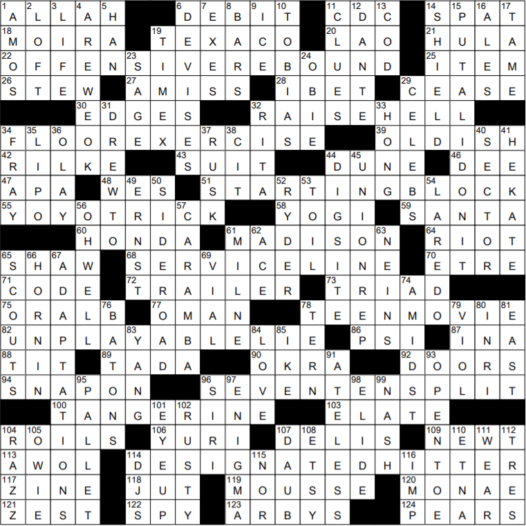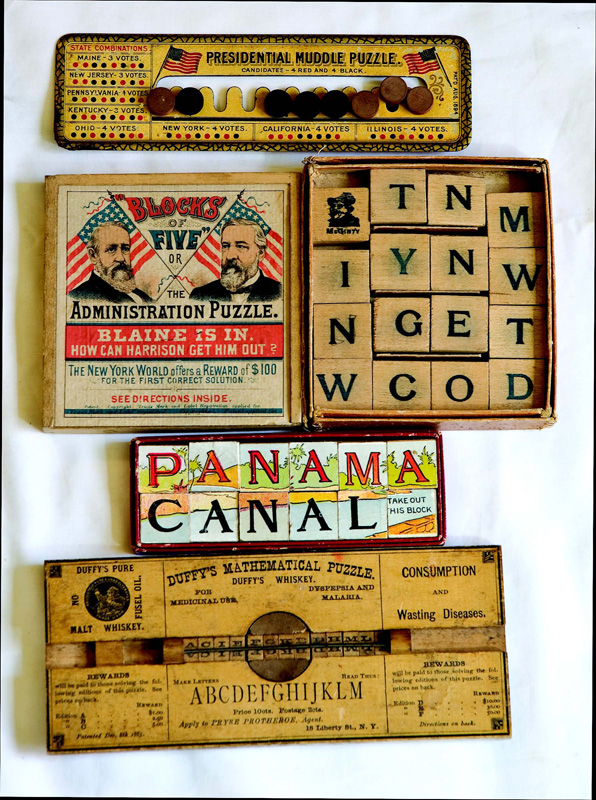

The key thing is that the anagram indicator suggests a process of change for the letters to undergo, so surprisingly both ‘tidying up’ and ‘messing up’ are possible indicators! You may also need to sniff out culinary terms asking you to ‘boil’, ‘stew’ or ‘cook’ the letters into a new form. Any word or phrase that suggests confusion, arrangement, strangeness, movement or any of a number of other related concepts can serve. There are literally thousands of possible anagram indicators. The definition part of the clue is ‘object in the sky’, the anagram indicator (as it is called) is ‘designed’ and the anagram letters are from the word ‘remote’. ‘REMOTE’ designed = object in the sky (6) Sometimes it can help to imagine invisible punctuation marks to make the cryptic reading clearer: You need to insert a mental pause after the word ‘remote’. The way to read it is: The letters R,E,M,O,T,E designed in a new way (or) an ‘object in the sky’. However, this is a cryptic clue so it won’t be that obvious. Reading this straight you might think that the answer is a drone or some other flying object requiring a 'remote'. Remote designed for object in the sky (6) A correct rearrangement gives the solution. In an anagram clue, the subsidiary indication contains the letters of the answer and an indication that the letters should be rearranged or are not presently in the right order. Let’s look at some specific types by way of illustration: 1. In a sense, a cryptic crossword clue is more generous to solvers than a non-cryptic one! This may sound intimidating, but one way to think of cryptic crossword clues is that they consist of a non-cryptic clue – such as ‘Animal (6)’ – as well as an extra set of hints that guides you to the answer more precisely. In the subsidiary indication, words may mean the letters that make them up, other words that mean the same thing or they may refer to an operation that you do on the other words to spell out the answer. This also leads you to the word but it does so using some devious wordplay. Finding where it starts and finishes is part of the challenge.Ī cryptic clue usually has a second part as well, called the subsidiary indication. This definition is almost always at one end or another of the clue. Normally this is a word or phrase which might otherwise be used to clue the solution in an ordinary, non-cryptic crossword. However, to be fair, the clue will always tell you what the answer is (usually more than once), even if you have to twist your brain inside out to read the clue in the way that tells you!Īll cryptic clues have a definition. What the clue appears to be defining on the surface is designed as a distraction and is almost never what it really means. To understand them you have to read them in a very devious way. Clues in cryptic puzzles are just like that. The word cryptic is defined by Chambers as ‘hidden secret unseen mysteriously obscure’. For example, the editors of American cryptics tend to be far stricter about what is and isn’t acceptable and the puzzles don’t often include cryptic definitions (see below). The information is applicable to cryptic crosswords found around the world though there are some slight differences. This guide will serve as a quick tour of some of the types of cryptic clue that the app can solve. Ross is the ultimate cryptic crossword guide. Also included within the app is our handy helper Ross - an artificial intelligence who can explain and solve clues for users when asked.

Using the scan feature you are able to point your phone camera at a printed crossword and the modern machine vision techniques read in the grid and clues so you can solve the crossword on your device. Our Crossword Genius app has been developed to enable people to enjoy cryptic crosswords on their phone. They are highly entertaining and highly addictive! This page is a beginners' guide to cryptic crossword clues for those who are learning or wish to get into this exciting form of puzzle.Ĭryptic crossword puzzles are widely considered the ultimate challenge for lovers of wordplay.


 0 kommentar(er)
0 kommentar(er)
